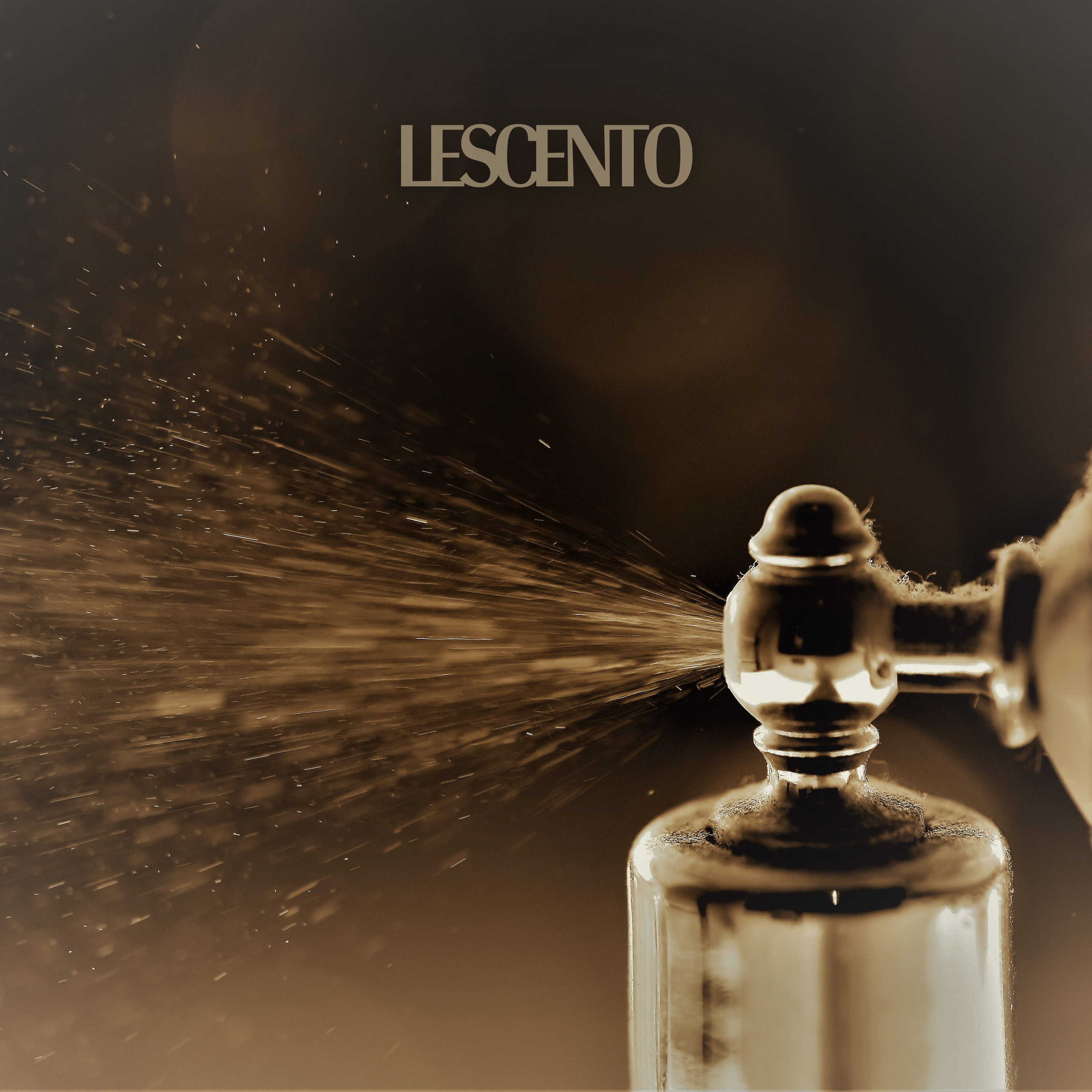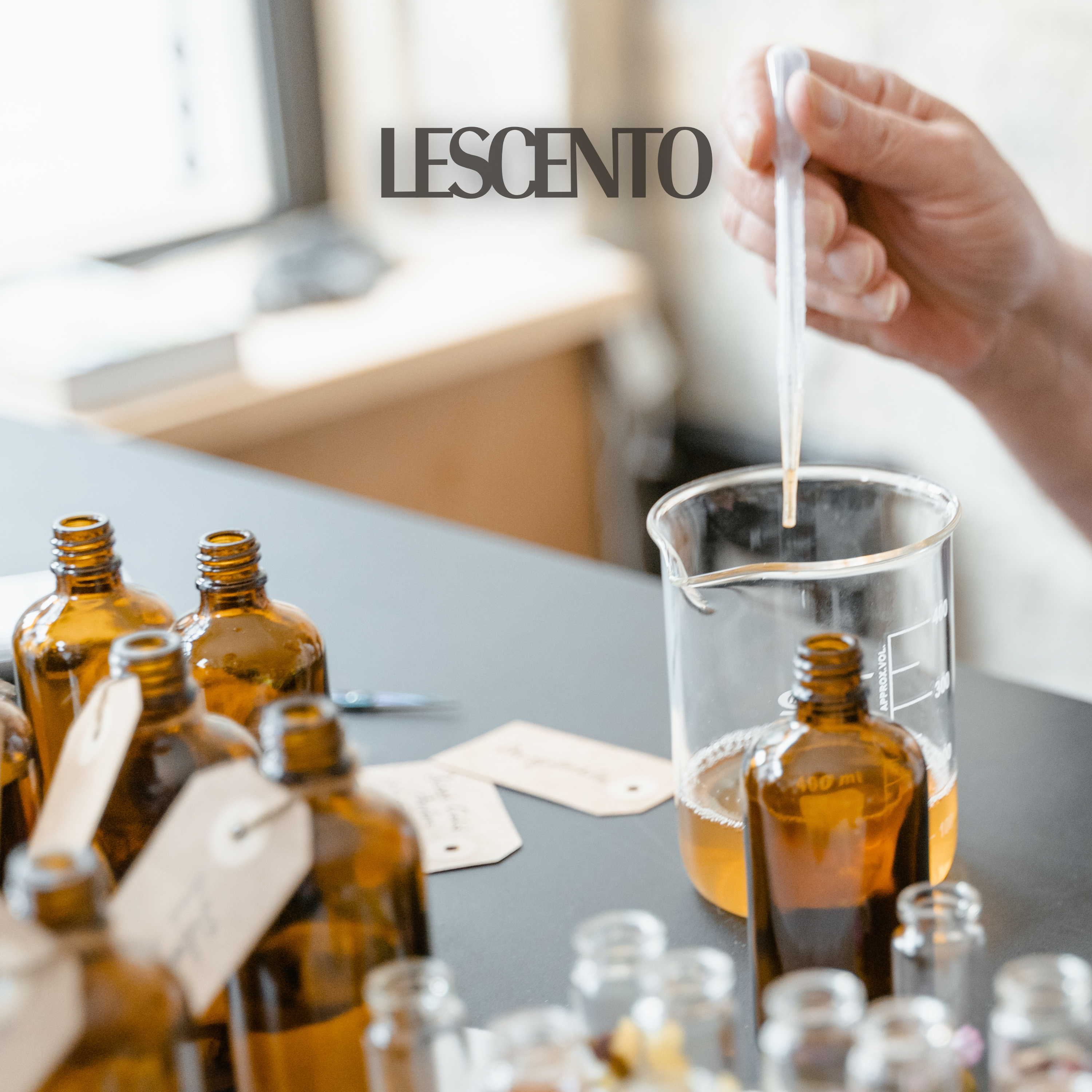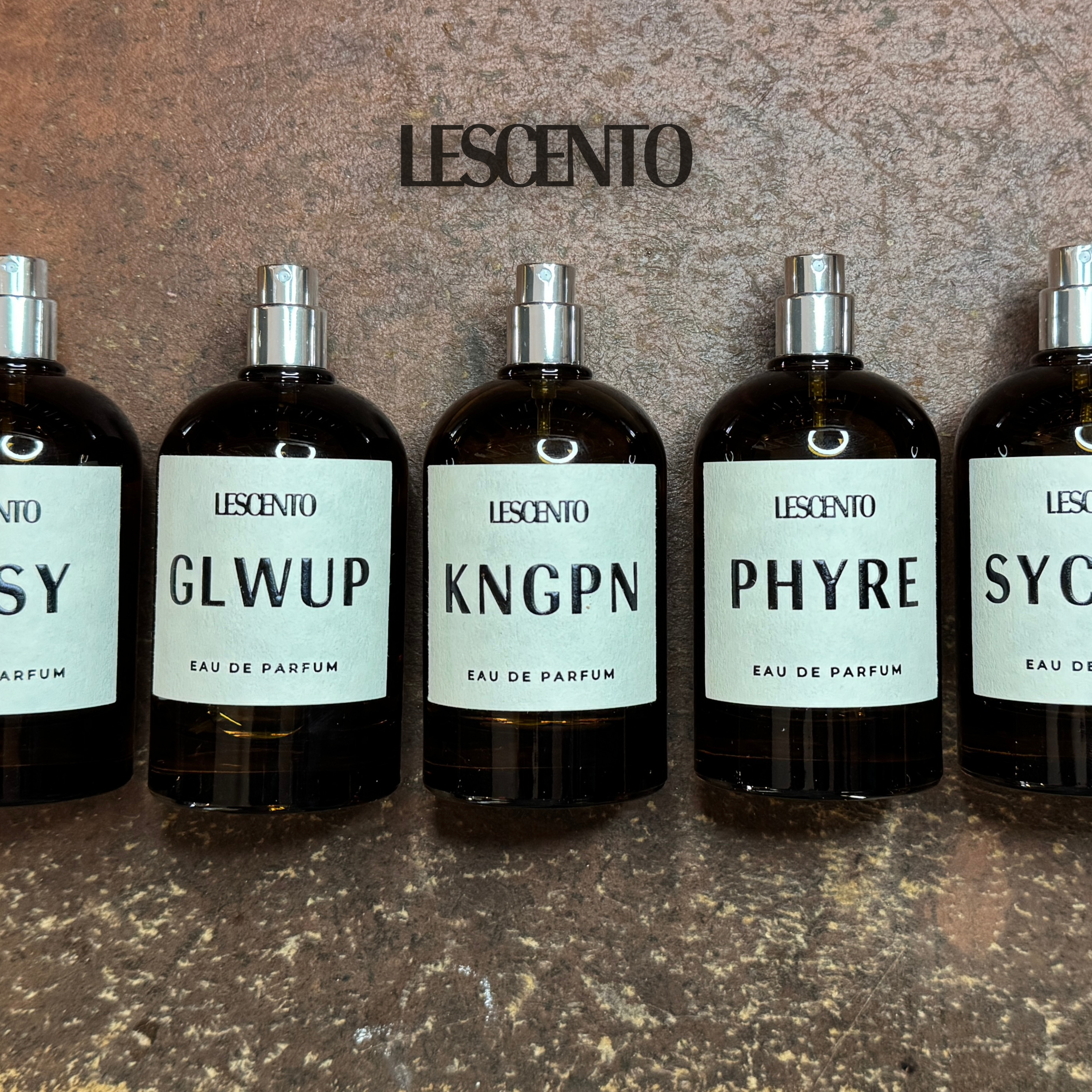
Why Crafting a Genuine Perfume in a Workshop Is Impossible: The Art and Science of Perfumery
The rise of DIY perfume workshops has given many people the impression that crafting a high-end perfume is as simple as mixing a few oils together. While these experiences can be enjoyable, they barely scratch the surface of what it truly takes to formulate a professional-grade, balanced, and complex fragrance.
Real perfumery is not something you can master in a few hours. It takes years of training, an in-depth understanding of chemistry, and access to the finest raw materials to create a perfume that is balanced, stable, and commercially viable. Let’s explore why true perfume creation is far more complex than what a workshop can offer.
The Myth of “Just Mixing Essential Oils”
Many DIY perfume workshops teach people to blend essential oils in a simple alcohol or oil base and call it “perfume.” The problem is, real perfumery doesn’t work that way.
- Essential oils alone do not create fine fragrances. While they provide natural scent components, fine perfumes use a blend of aroma molecules, absolutes, resins, and synthetic accords to create depth and longevity.
- True perfumery is not just about “smelling nice.” It’s about structure, diffusion, balance, and harmony, something that takes years to master.
- Raw materials behave differently over time. What smells good immediately in a workshop will likely change as it macerates, and without knowledge of chemical interactions, the final scent may become unstable, unbalanced, or unpleasant.
A Real Perfume Is Built Like an Architecture, Not a Random Mix
A professional perfume follows a structured olfactory pyramid, composed of top, heart, and base notes. These notes do not just sit on top of each other; they interact in complex ways, requiring precise formulation techniques.
- Top Notes: The first impression (citrus, fresh florals, green notes). These evaporate the fastest.
- Heart Notes: The core identity of the perfume (spices, deep florals, fruity accords). They emerge once the top notes fade.
- Base Notes: The foundation (woods, musk, resins, oud, vanilla). These determine the perfume’s longevity and dry-down.
A workshop setting cannot teach the depth of knowledge required to create a well-balanced structure with proper longevity and diffusion.
The Complexity of Perfumery Ingredients
Perfumery goes far beyond lavender, rose, and vanilla essential oils. A professional perfume may contain over 100 different raw materials, some of which are:
- Aroma molecules and synthetics (such as Iso E Super, Ambroxan, Hedione) that give modern perfumes their unique character.
- Resins, absolutes, and isolates that require special extraction techniques beyond what a workshop can provide.
- Natural and synthetic musks that create depth and sensuality, which are often completely absent in DIY perfume kits.
Many of the finest ingredients used in niche perfumery are unavailable to the public, as they require special supplier relationships and precise chemical formulation.
The Science of Stability & Longevity
One of the biggest reasons DIY perfumes fail is stability.
- Perfume must be tested over time: A fresh blend may smell amazing at first, but it will change as it ages. Without proper stabilizers and fixatives, many workshop perfumes lose their scent within hours or turn unpleasant.
- Alcohol-to-oil ratios must be carefully calculated: The wrong concentration can make a fragrance too weak or too overpowering.
- Temperature, pH balance, and molecular weight determine how long a perfume lasts and how it diffuses on the skin.
Perfumers undergo extensive training to master the art of creating fragrances that are stable, long-lasting, and perfectly balanced.
The Art of Niche Perfumery: Beyond Mass Production
The world of niche perfumery, where LESCENTO operates, is built on craftsmanship, storytelling, and rare ingredients. Unlike commercial brands that prioritize mass appeal, niche fragrances focus on:
- Unique scent profiles that evolve over time.
- Rare and expensive raw materials that are not available in DIY kits.
- Hand-crafted, small-batch production that ensures exclusivity and quality.
Creating a niche perfume requires not only technical expertise but also a deep artistic vision. It’s about blending art with science, which is something that no casual perfume-making experience can replicate.
Perfumery Is an Art That Takes a Lifetime to Master
While perfume workshops can be fun, they are nowhere near the reality of professional perfumery. Creating a real perfume requires:
Extensive training and years of experience
An in-depth knowledge of raw materials, their interactions, and their long-term evolution.
A structured, precise process that takes months, even years to perfect.
An artistic vision that transforms molecules into something unforgettable.
At LESCENTO, we believe that perfume is not just a mixture of oils, it is a form of olfactory storytelling, a masterpiece crafted with precision, patience, and expertise. The next time you wear a beautifully composed fragrance, remember that behind it lies years of work, hundreds of trials, and a perfumer’s lifelong dedication to the craft.


